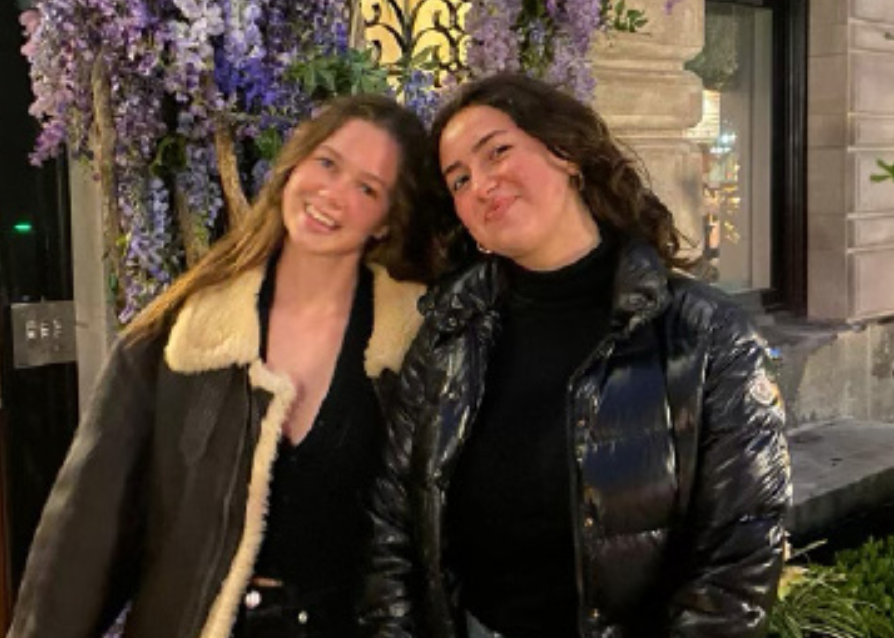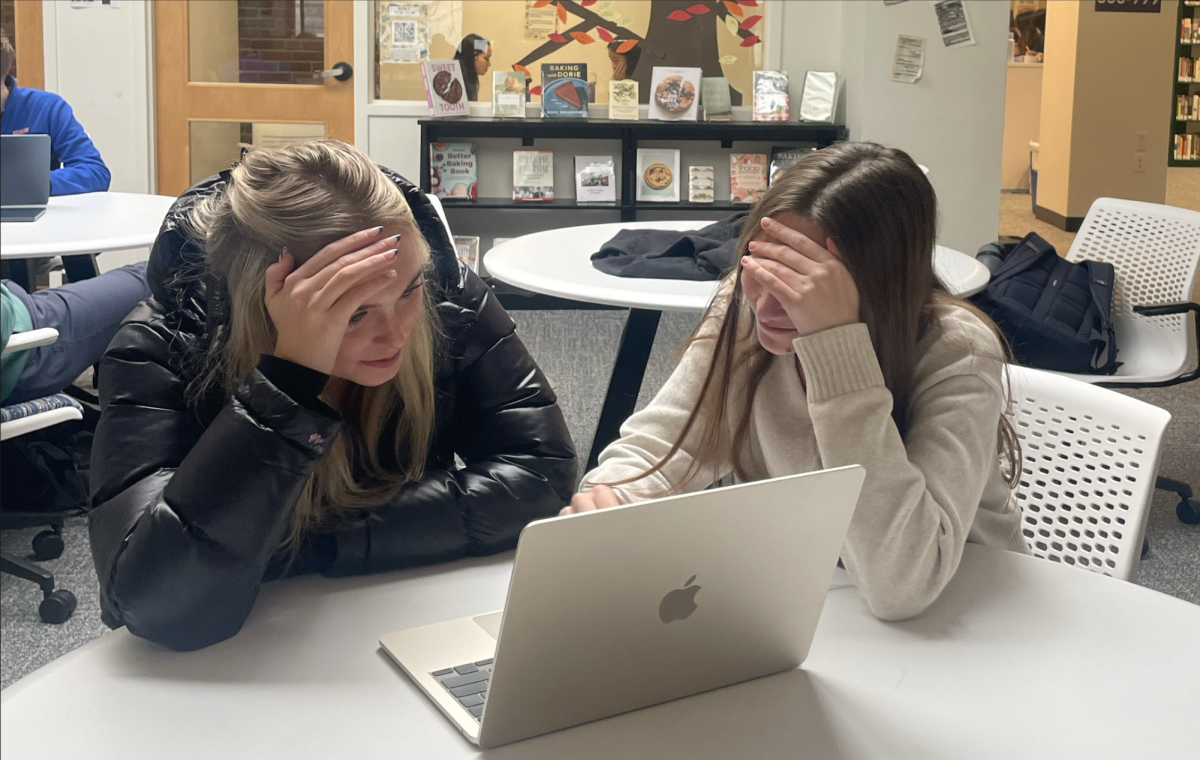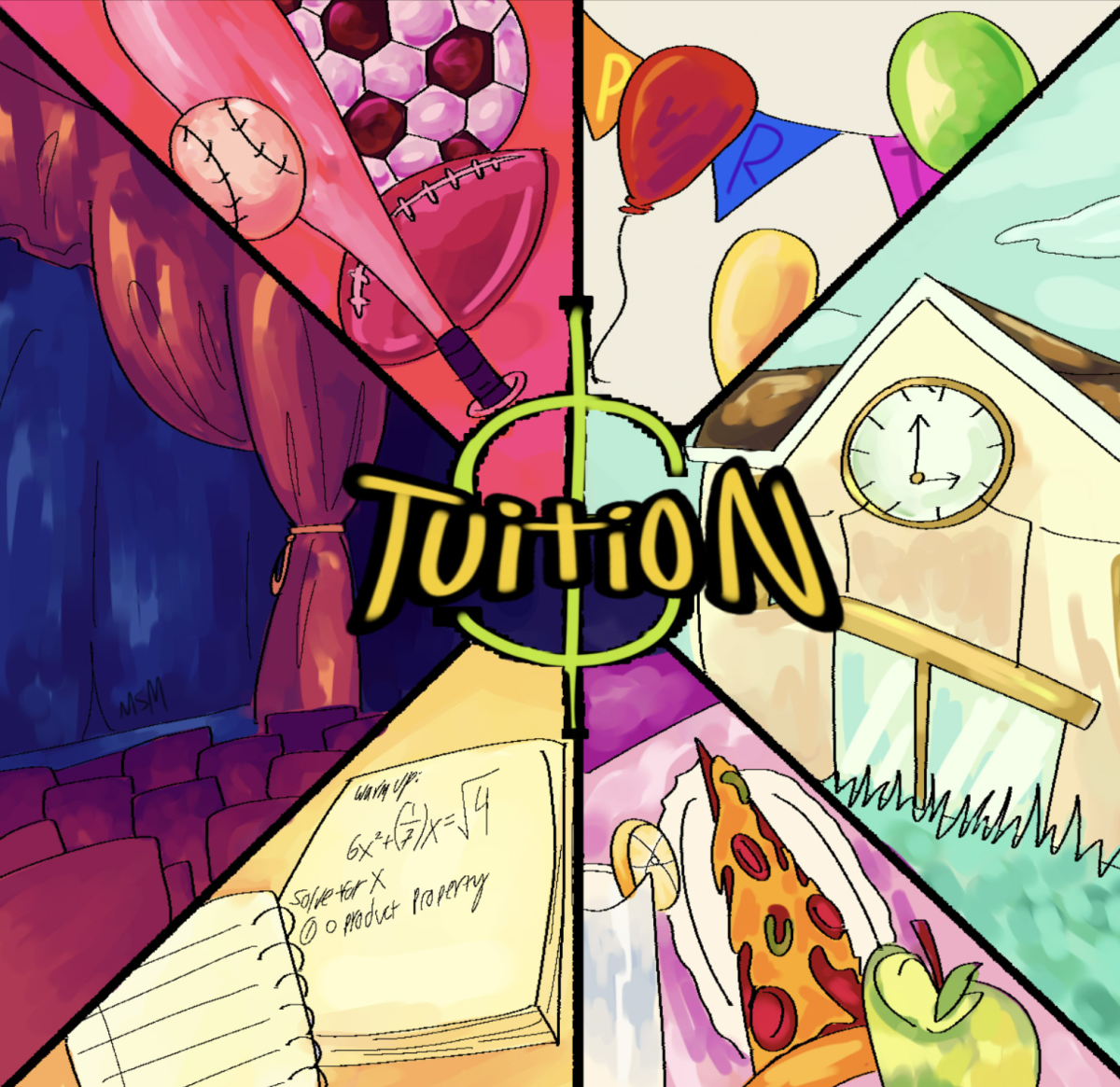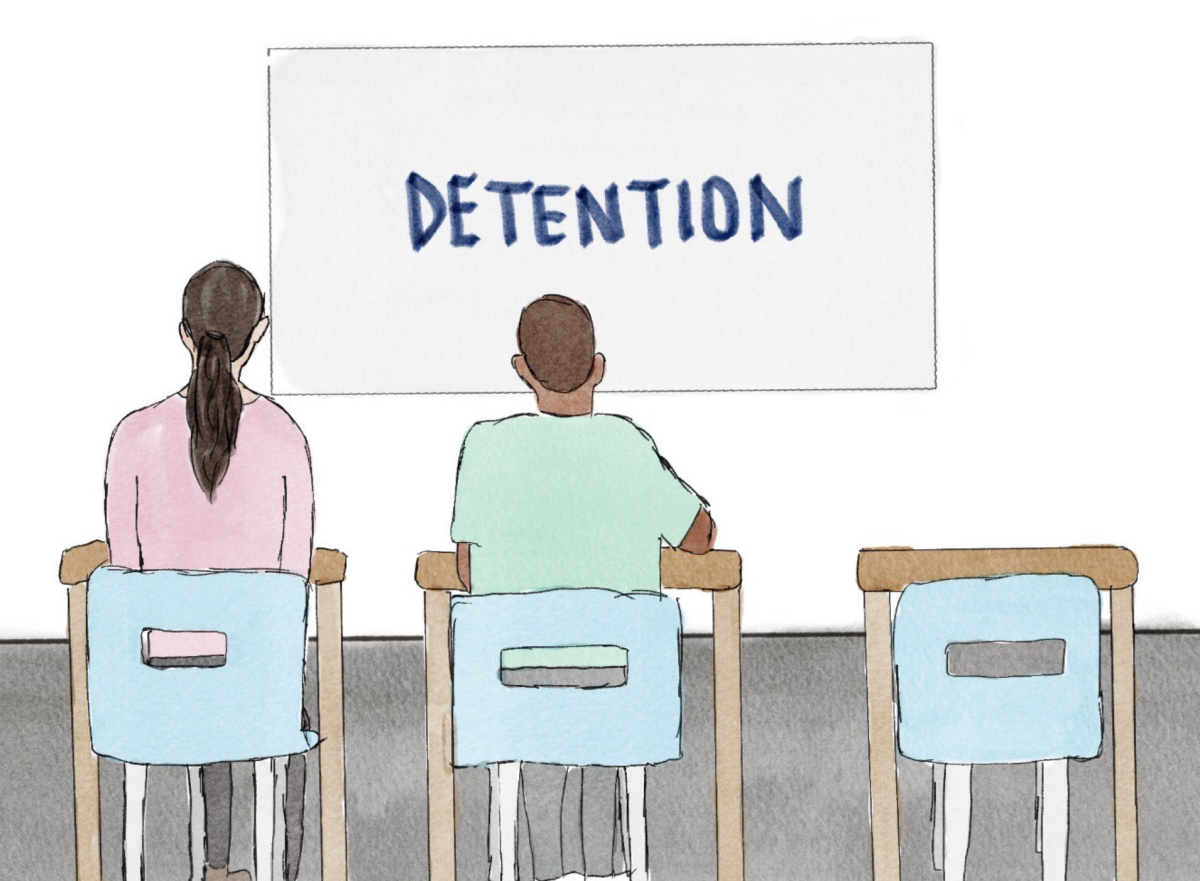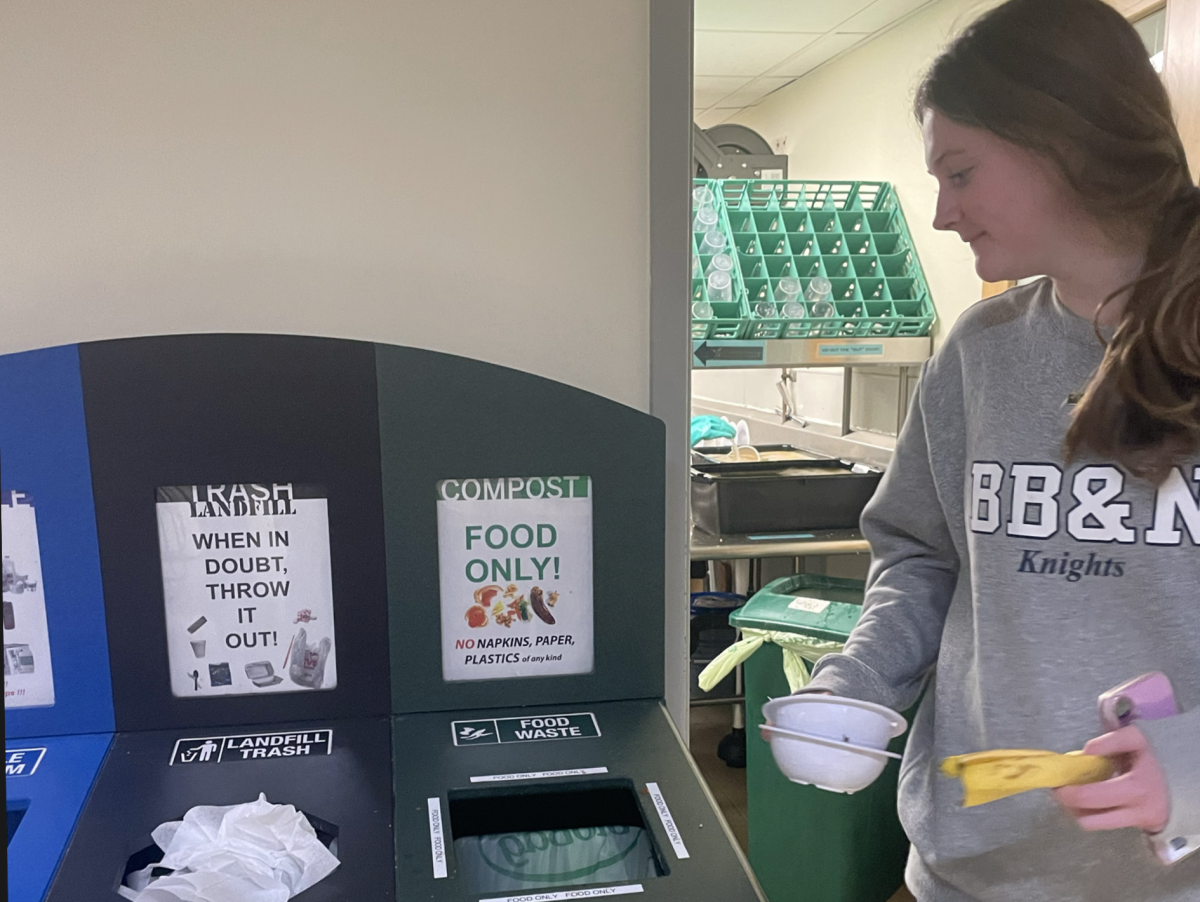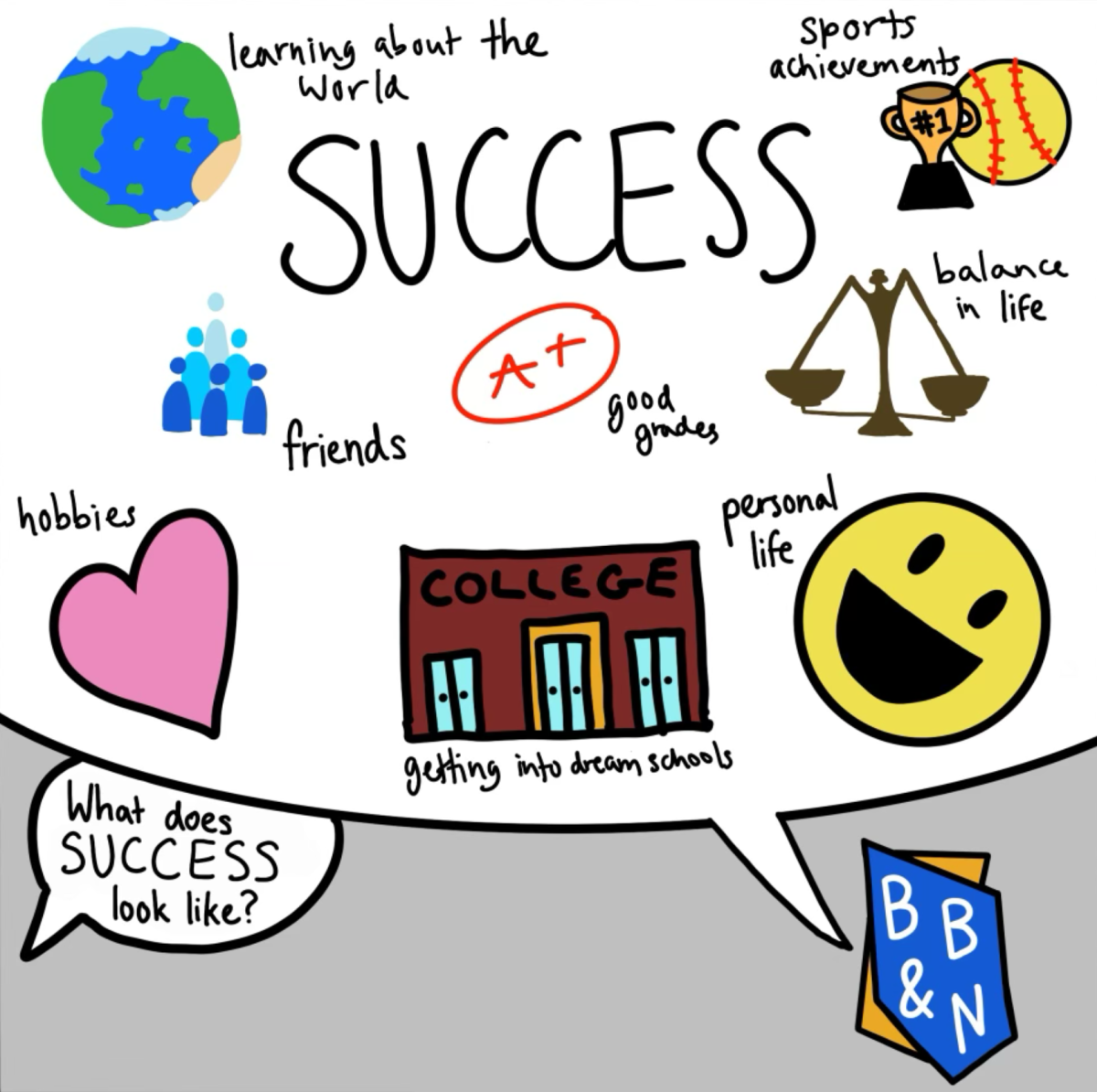Murmurs of French could be heard throughout the Upper School (US) this April, as 20 exchange students from the École Alsacienne school in Paris joined students on campus and stayed in students’ homes. Over 3,000 miles away from France, the newcomers navigated the halls with the assistance of their exchange buddies, attended classes, participated in extracurricular activities, and toured Boston. This was the first time since 2019 that the US has hosted exchange students and the first time it has ever partnered with École Alsacienne.
Luciana Castano ’25, a French 3 student, said she gained a new friend, Caterina Bartolomeo, a sophomore at École Alsacienne she was paired with during the exchange.
“Caterina and I made sure that we were being comfortable with each other. We told each other everything.”
Caterina added that she in turn enjoyed their friendship and the chance to immerse herself in a different culture.
“It was important to see the social scene and understand school life,” Caterina said. Her favorite part of the trip was the time she spent with Luciana and her friends, she said.
Welcoming an exchange student into one’s home did not come without its challenges. Anja Caverley-Light ’24, an AP French student, said she struggled to find time to interact with Claude Leroy-Pinto, a junior at École, due to differences in their sleep schedules and schoolwork.
“She would be sleeping and I would be working, then the next day she caught up with the time difference, but I was exhausted from school,” Anja said.
During their time in Boston, the Parisians enjoyed visits to Salem, Massachusetts, the Boston Public Garden, Harvard, MIT, Holy Cross, Fenway Park, and other activities chosen by their host families.
Claude found Boston paled in comparison to Paris, she said.
“Here my host family proposed different activities and I chose, but in Paris, we have way more places to visit and museums to see than here,” she said. “Boston is a beautiful city but there is not the same history and the same amusement that we have. There is way more in Paris.”
However, attending classes at the US was the highlight of the trip for Claude, she said.
“The classes here allow us to meet new people and practice our English and be in a different environment than the one we are used to,” she said. “I chose to come here because it is a once-in-a-lifetime opportunity.”
The 12-day stay of the French students completed the exchange between the US and École Alsacienne.
Over spring break, the 20 US students who were paired with the French exchange students traveled to Paris (see Volume 52, Issue 1, “Spring break trips take students across the globe”).
Because École Alsacienne had never participated in an exchange in Boston before, US French Teachers James Sennette and Ben Sprayregen and Educational Support Assistant Anna Curtis took on double the workload, planning the itineraries for both the US students’ trip to Paris and the French students’ trip to Boston. When deciding upon the itinerary for the French students, the organizers took into consideration special requests from École Alsacienne teachers and parents. Among them was a request to visit Salem–as the École Alsacienne school teaches “The Crucible” by Arthur Miller, which takes place in the town—and a request that the students attend the US frequently as they would be missing a few weeks of classes. The organizers obliged both.
The organizers’ duties also included aiding the families participating in the exchange by hosting informational Zoom calls and being available to answer questions, Ms. Curtis said.
“It is a big responsibility for families to open their home up to a student, so Mr. Sennette, Mr. Sprayregen, and myself really wanted to support the families how we could,” she said.
The exchanges provide authentic experiences for the students who participate in them, Ms. Curtis, who chaperoned the trip to Paris, added.
“Exchanges provide a chance to really get a sense for what it is like to live in a place and to do it in a way where you are actually building a relationship.”
Reflecting on the program after its conclusion, Mr. Sennette said it created connections that transcended borders.
“The program gave everyone in the school a look into how other students, the same age, operate: how things work,” he said. “The students that come here see how school differs and what a teenager’s life is like in the United States.”
Mr. Sennette noticed that the exchange students integrated smoothly into the school community, he said.
“Towards the end, I definitely saw friendships being made,” he said. “Kids that were not even involved in the exchange made friends with French students, so it was really a way to build community and international understanding.”

